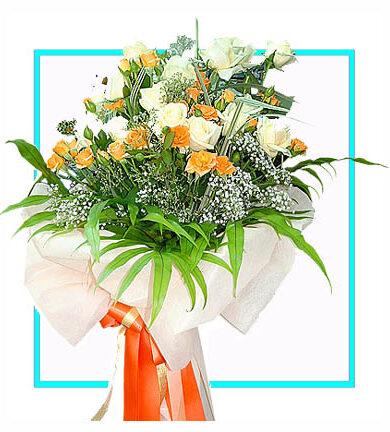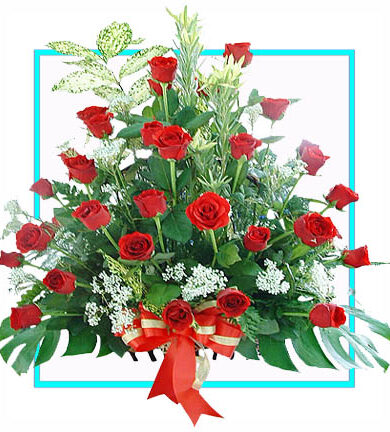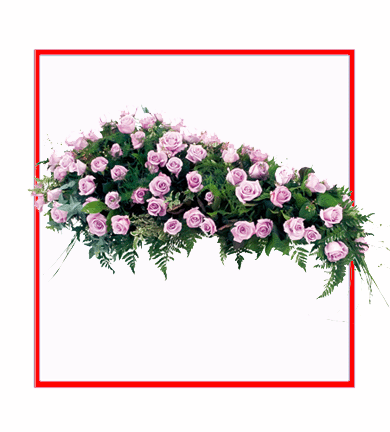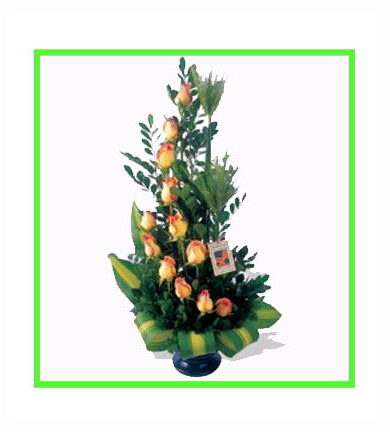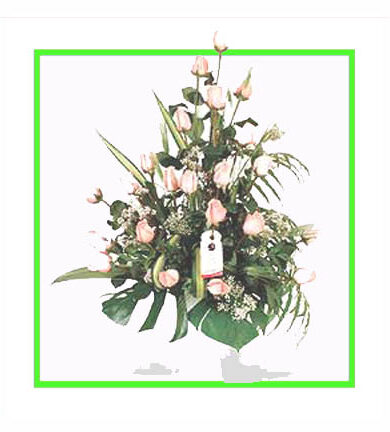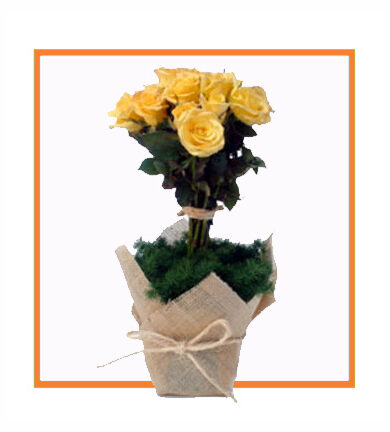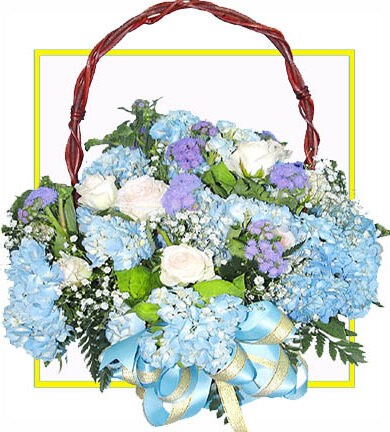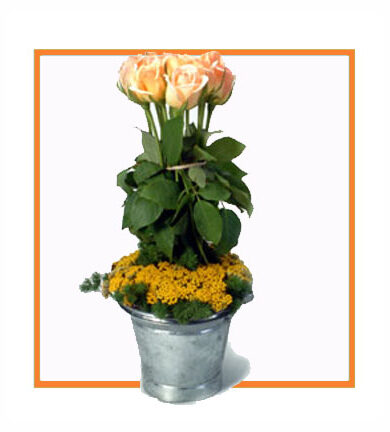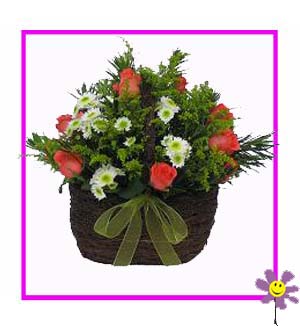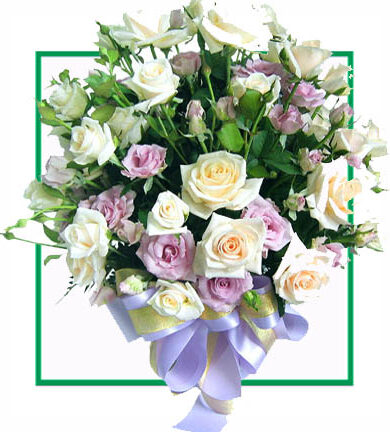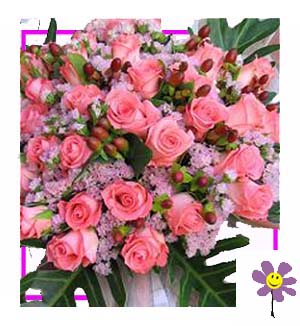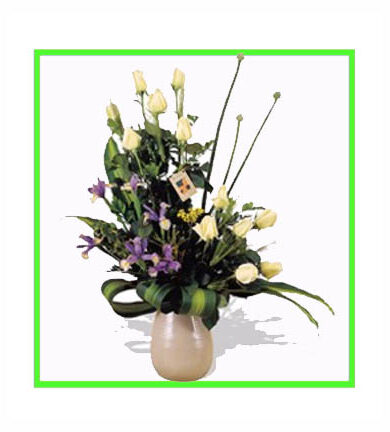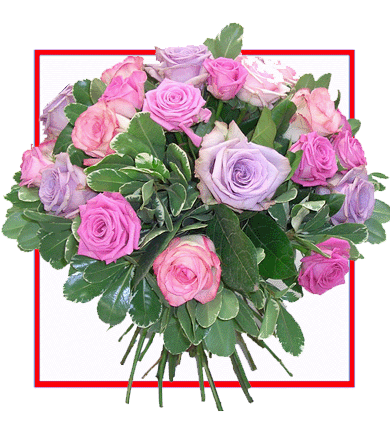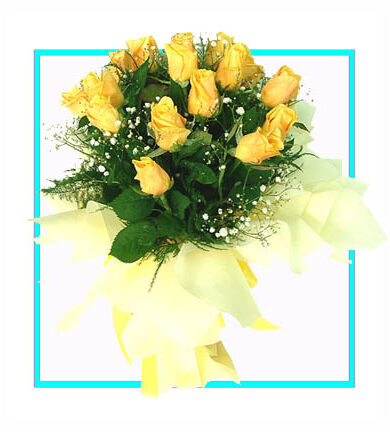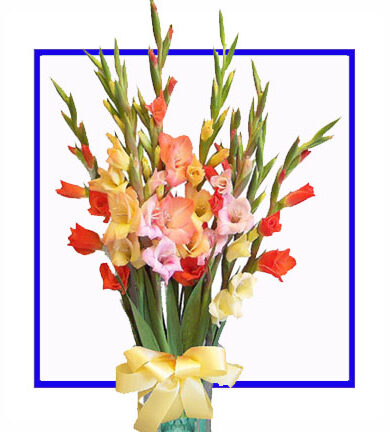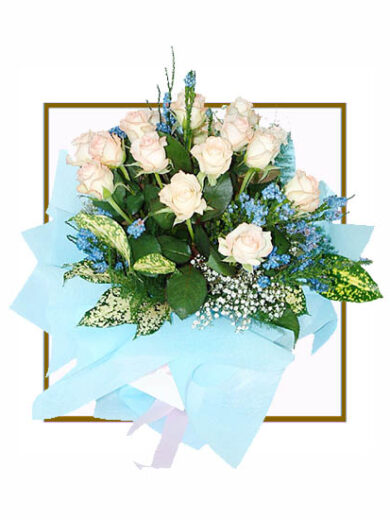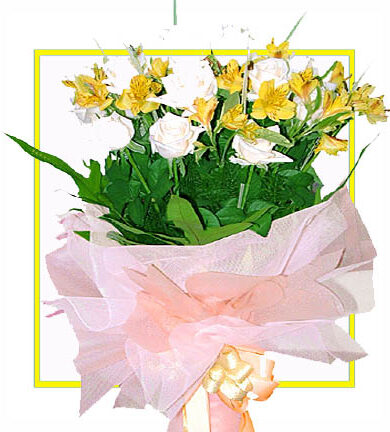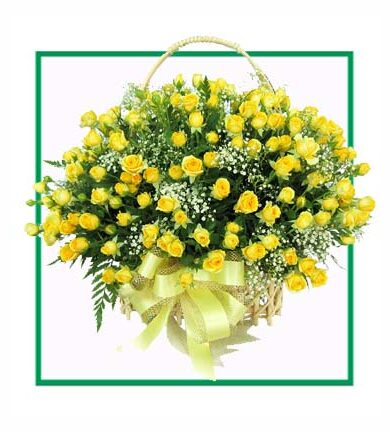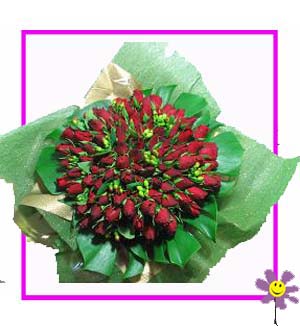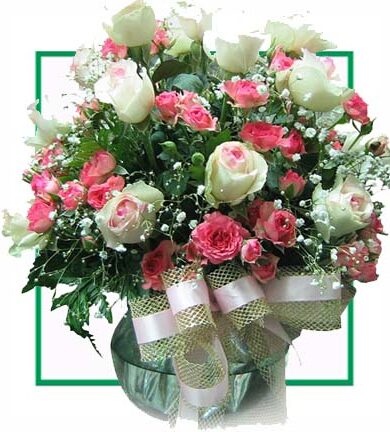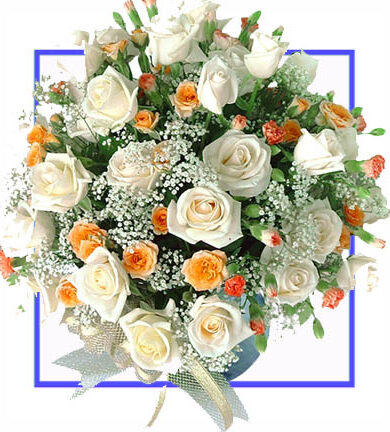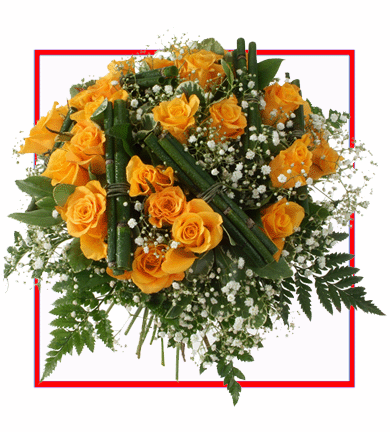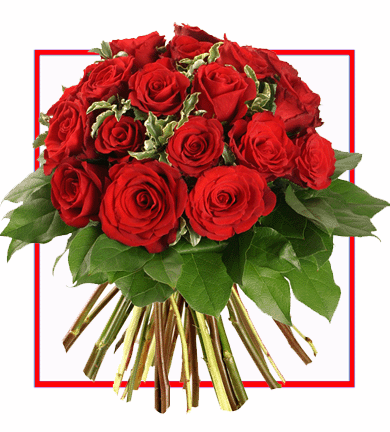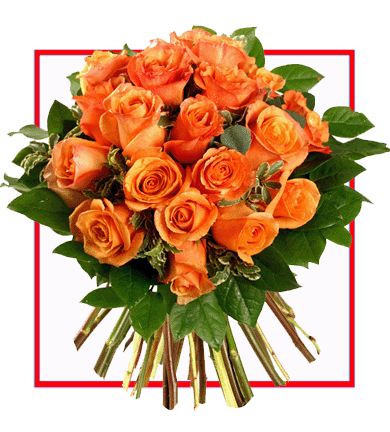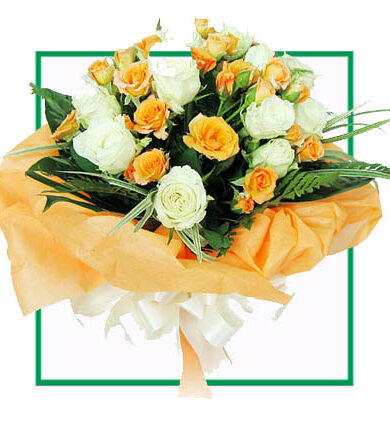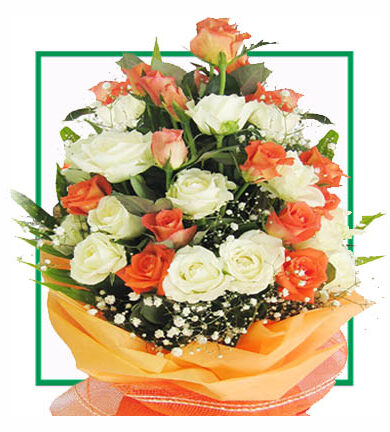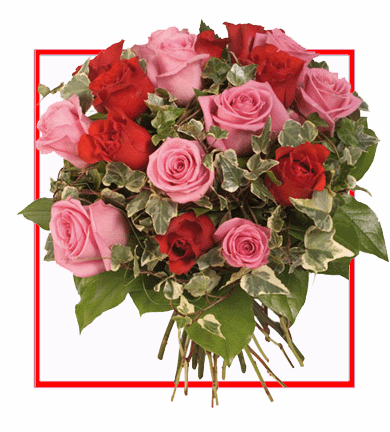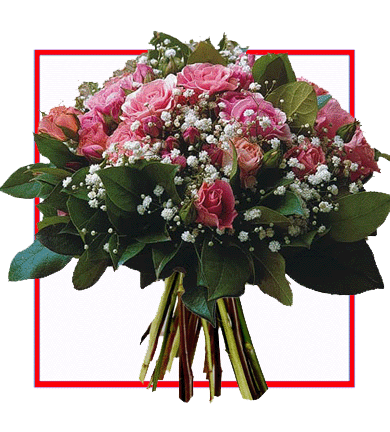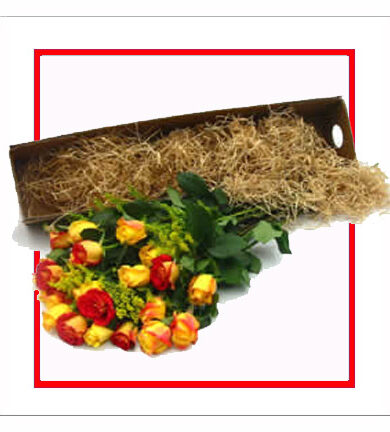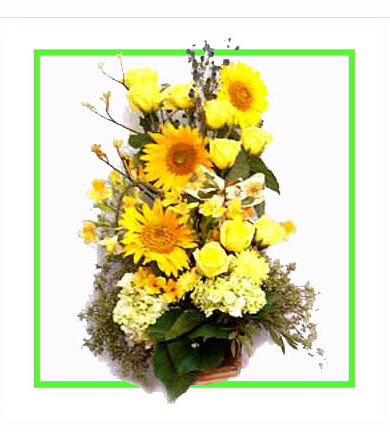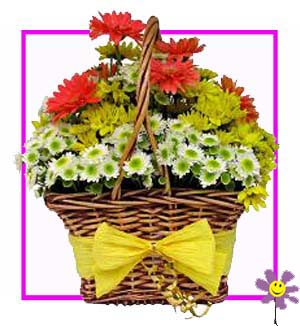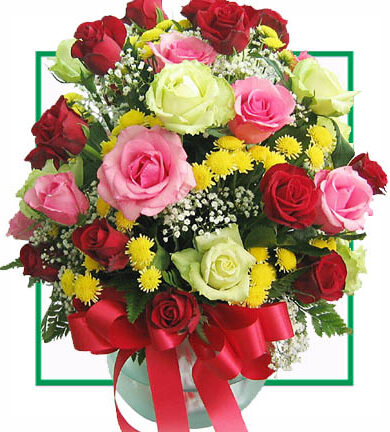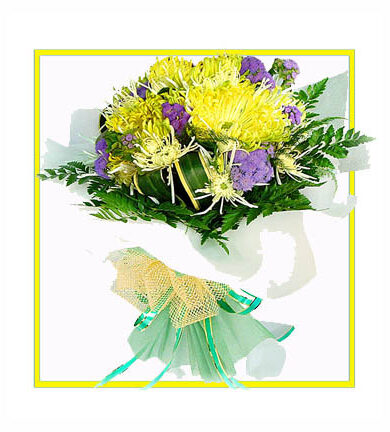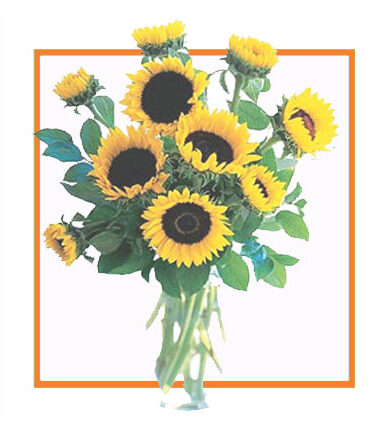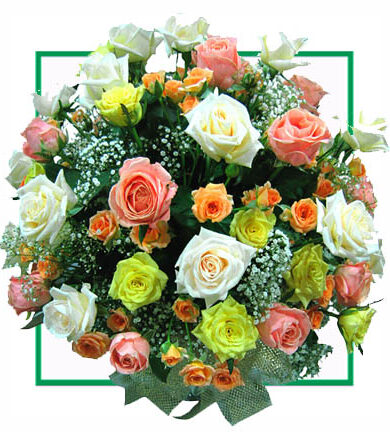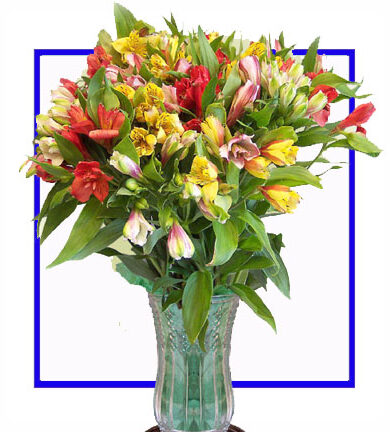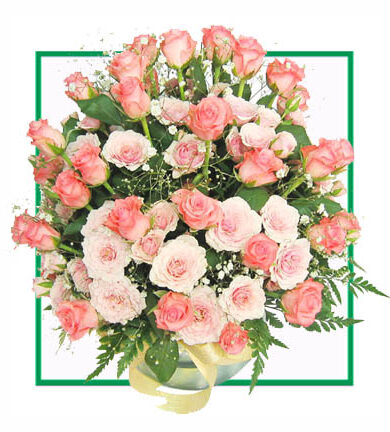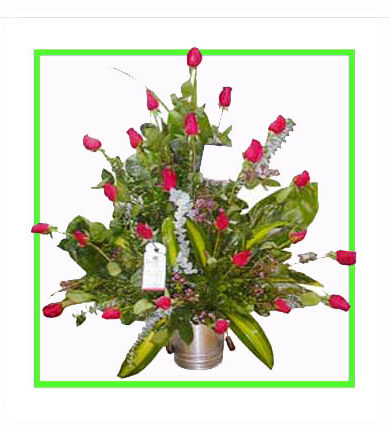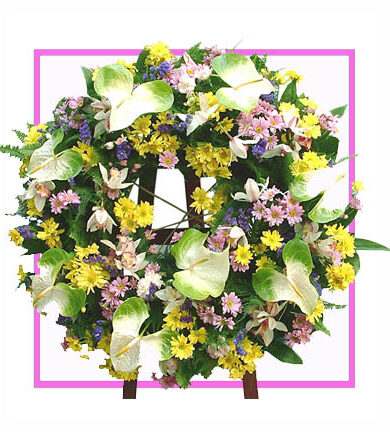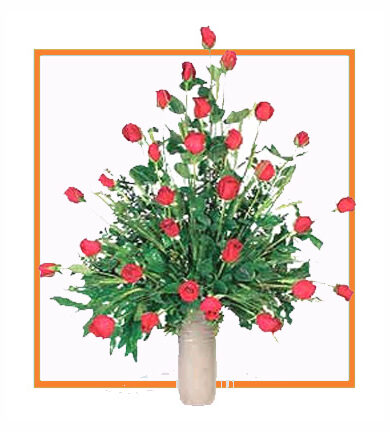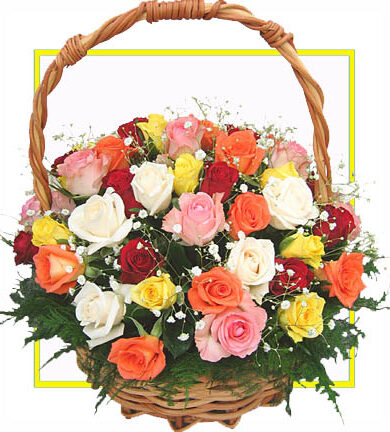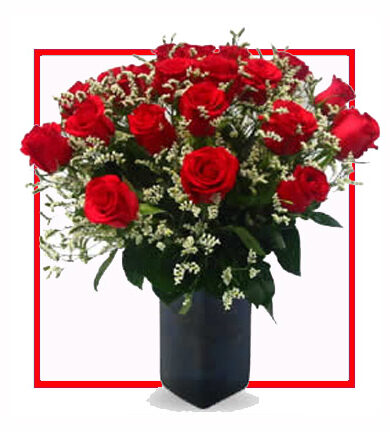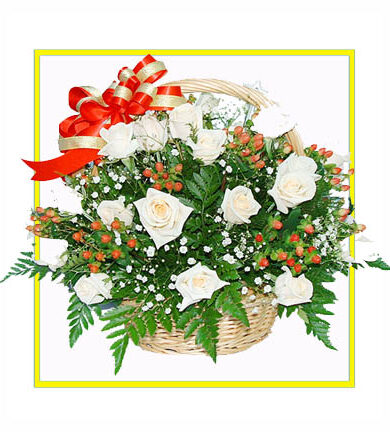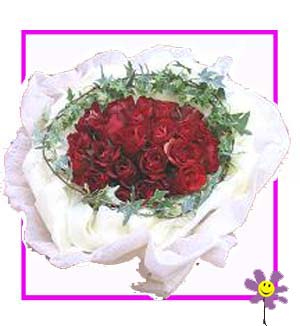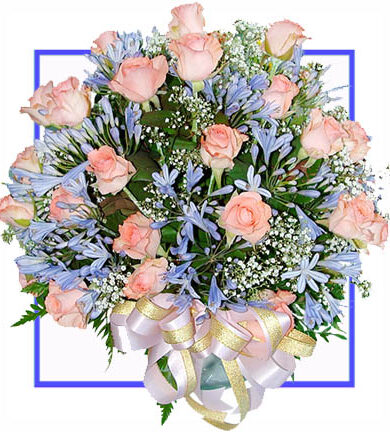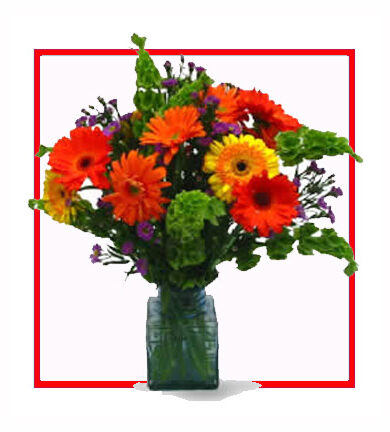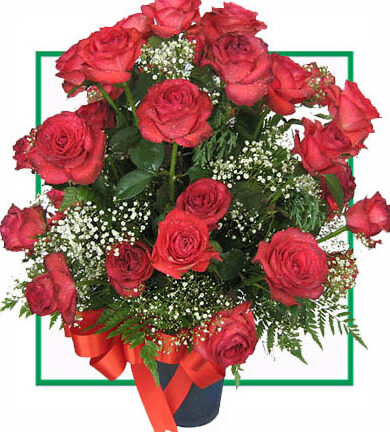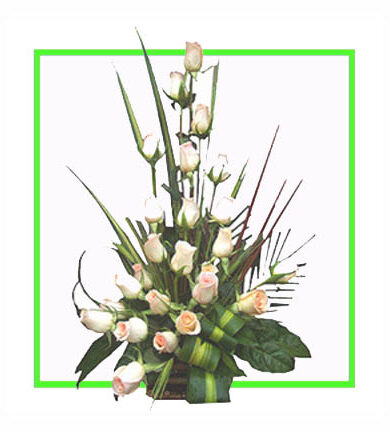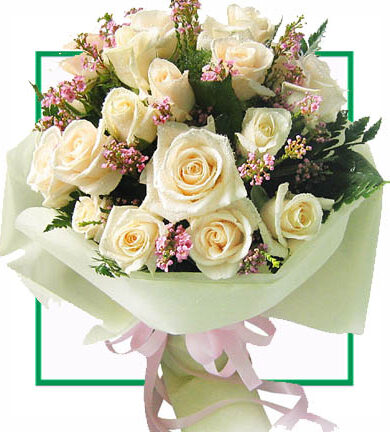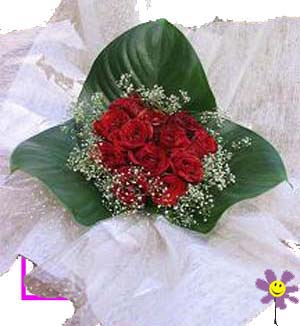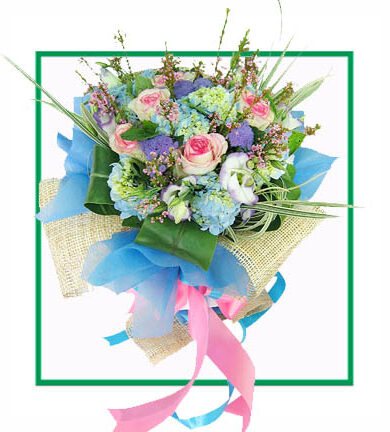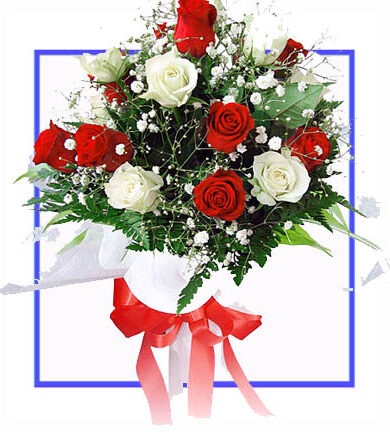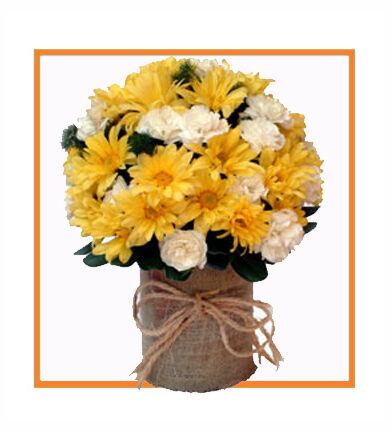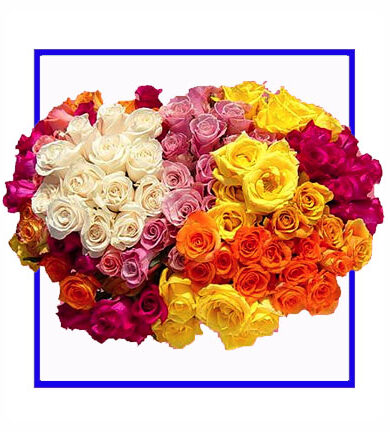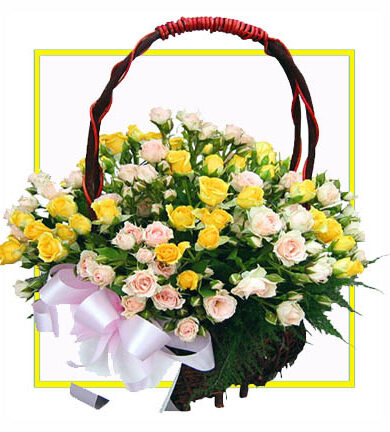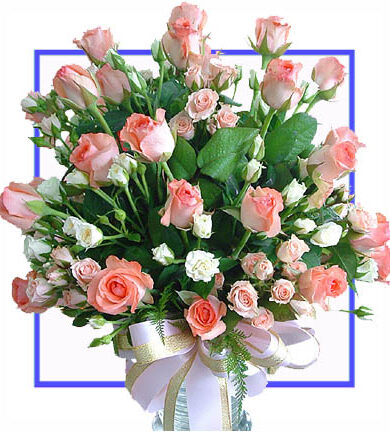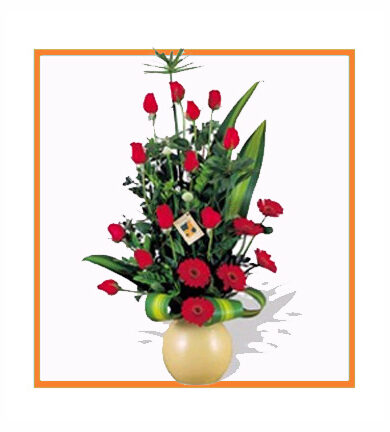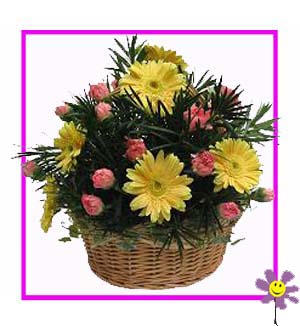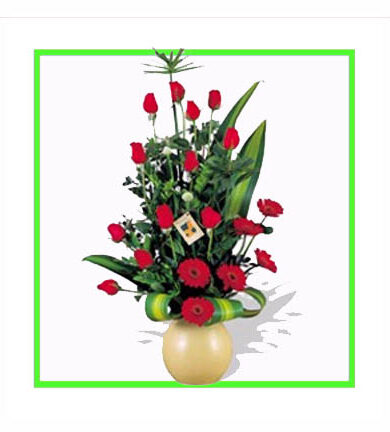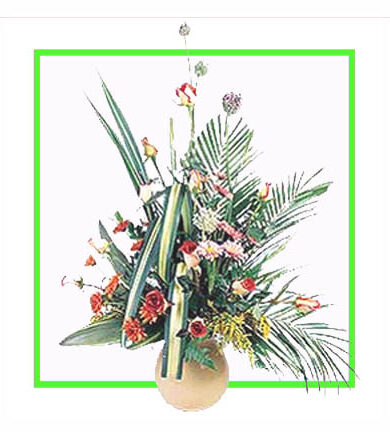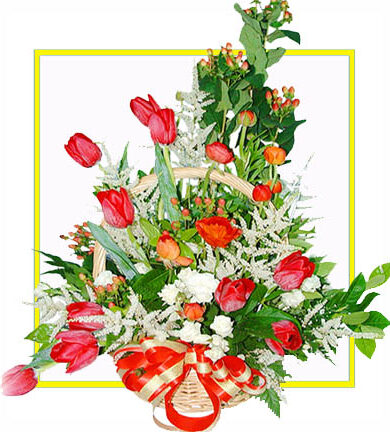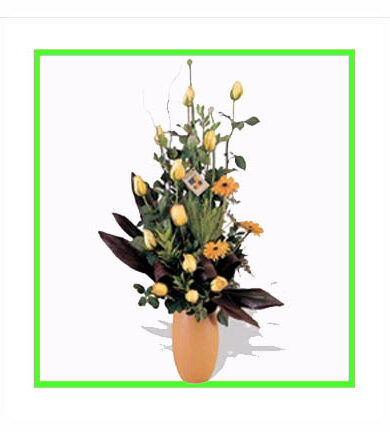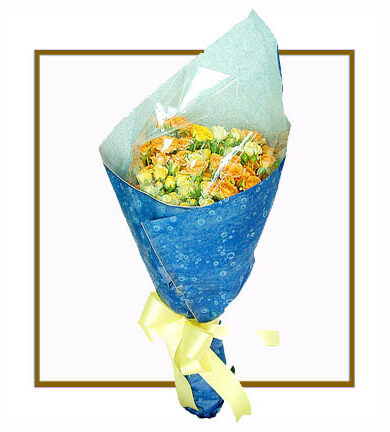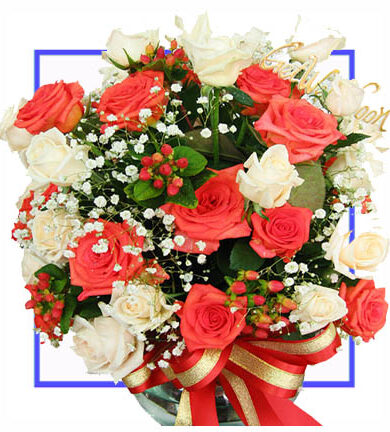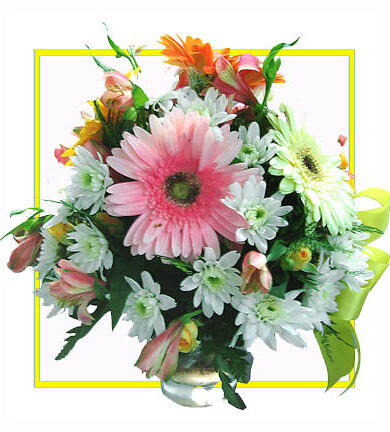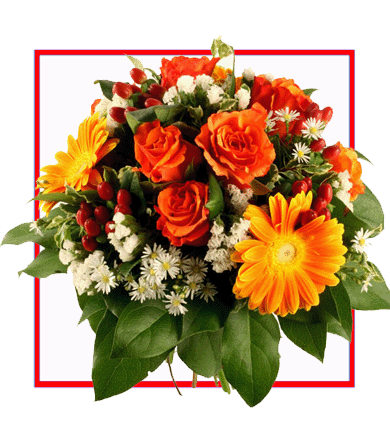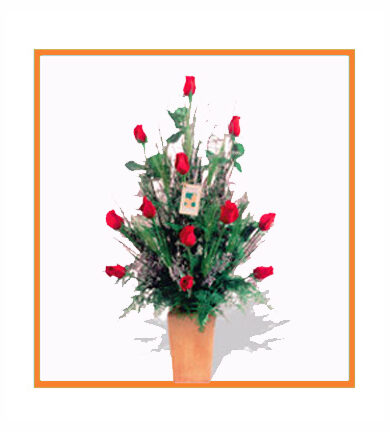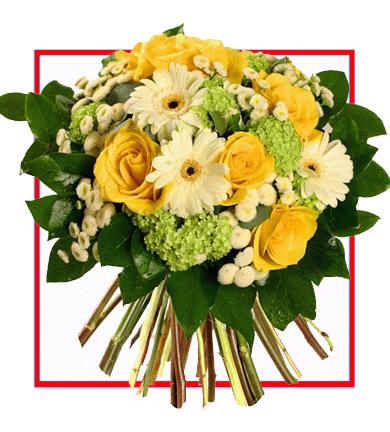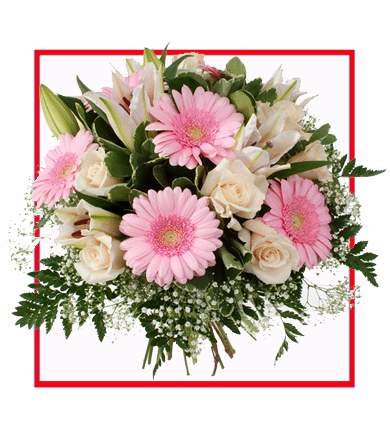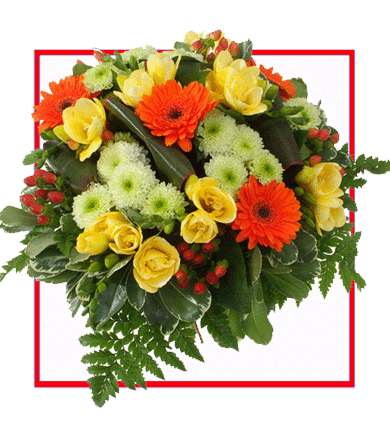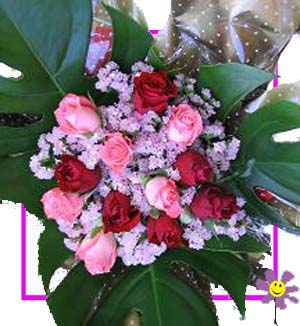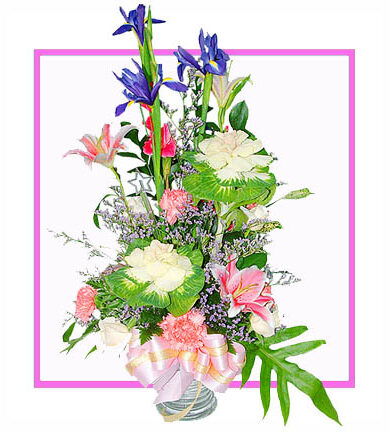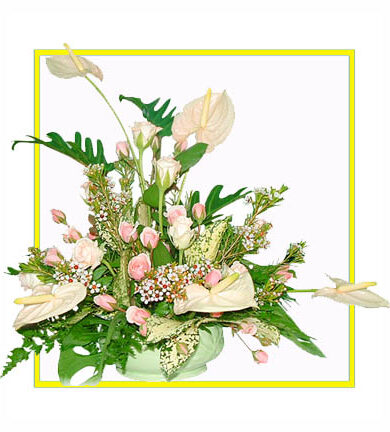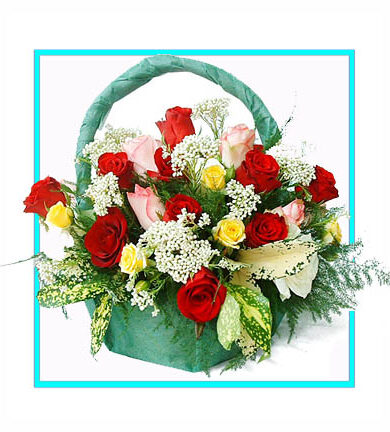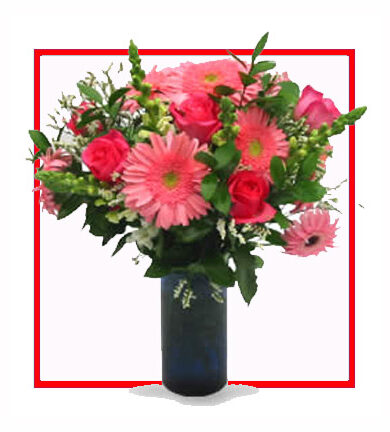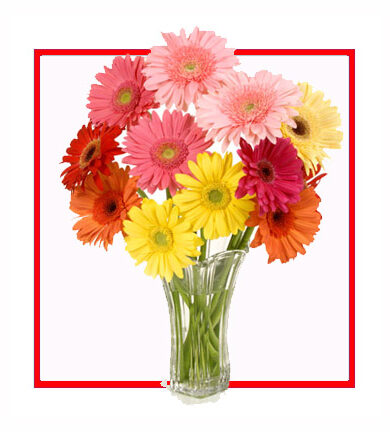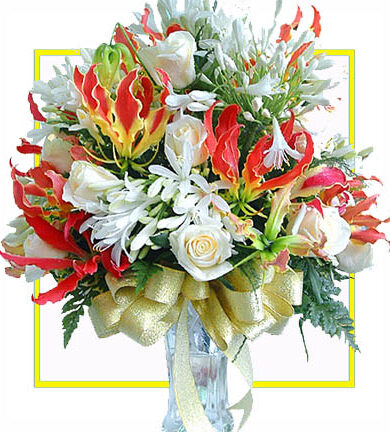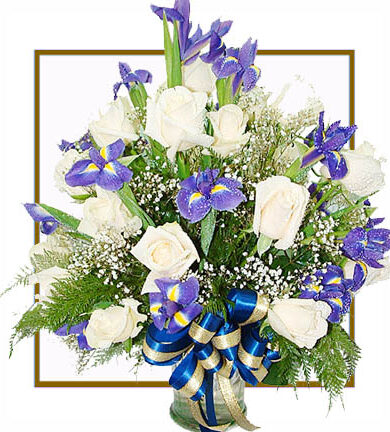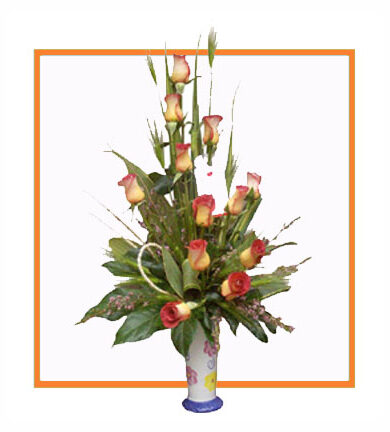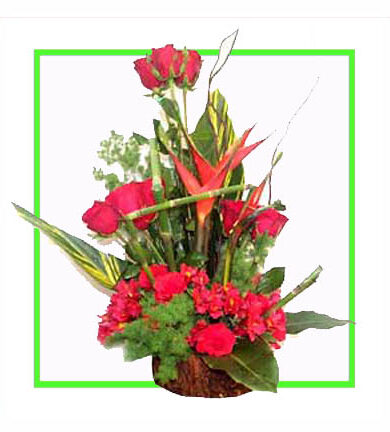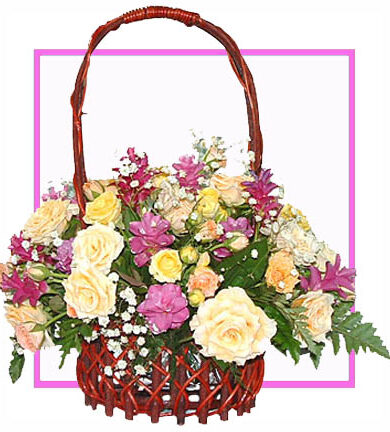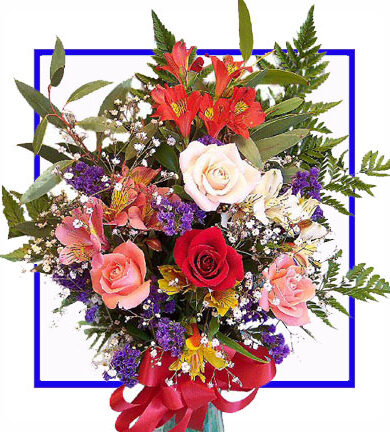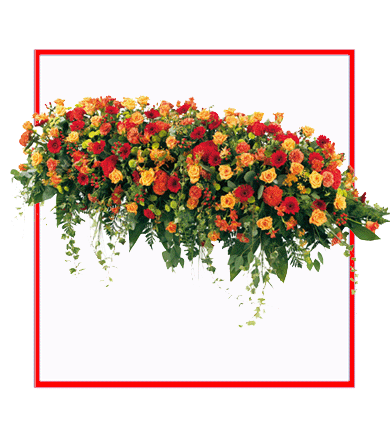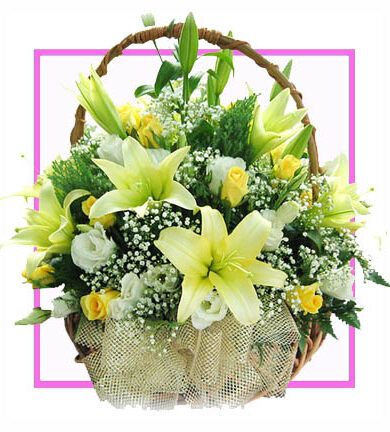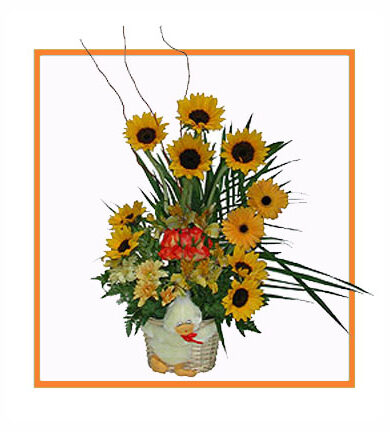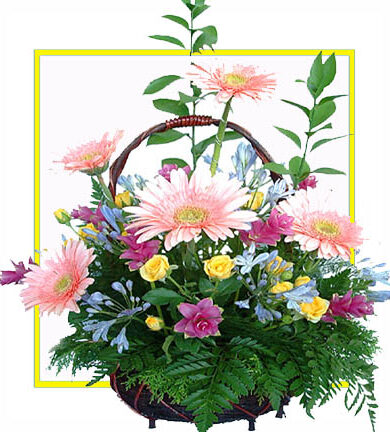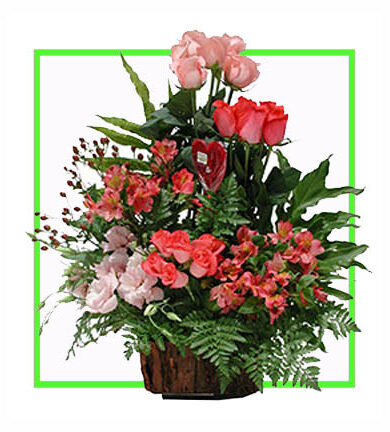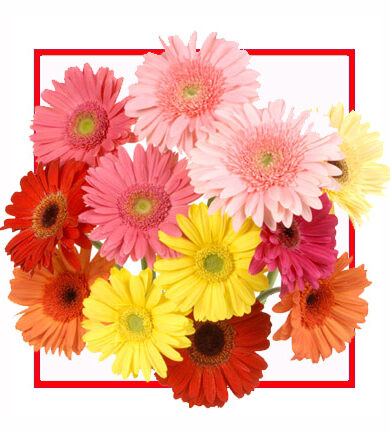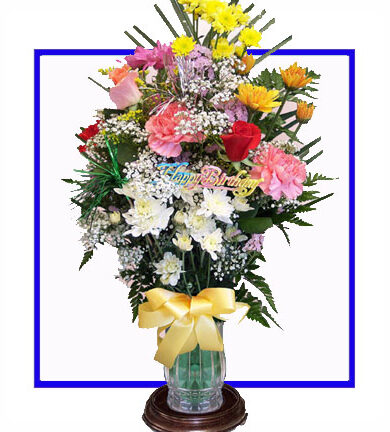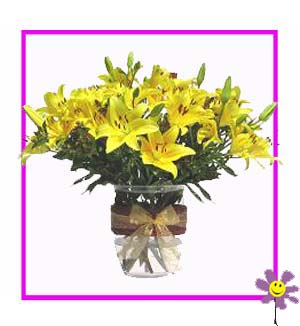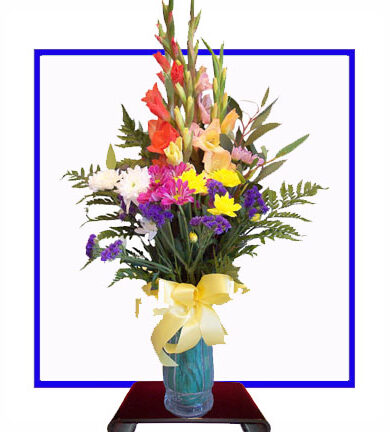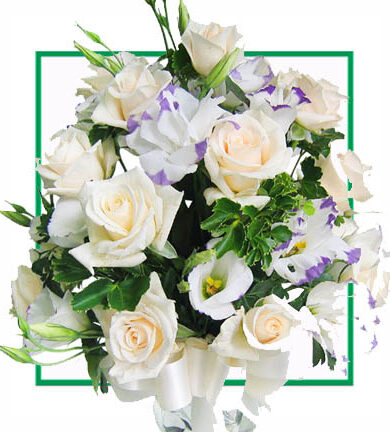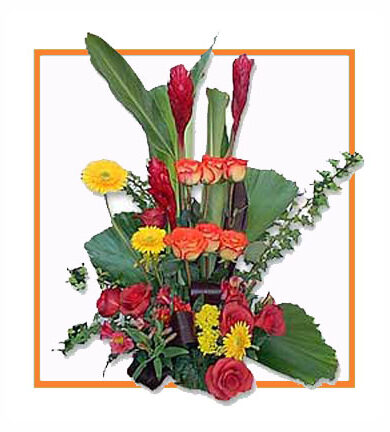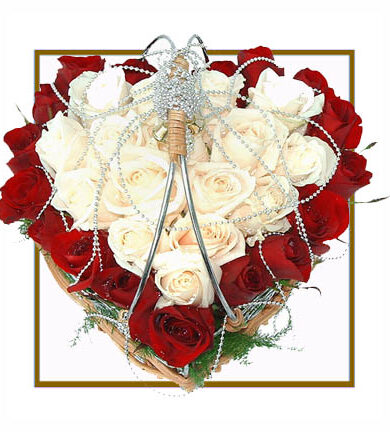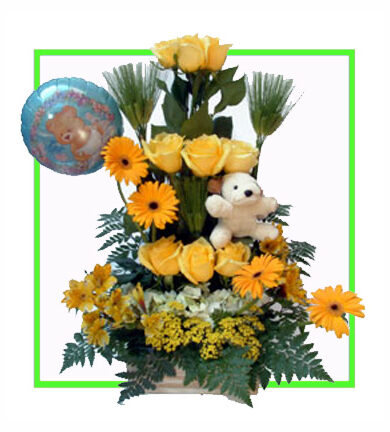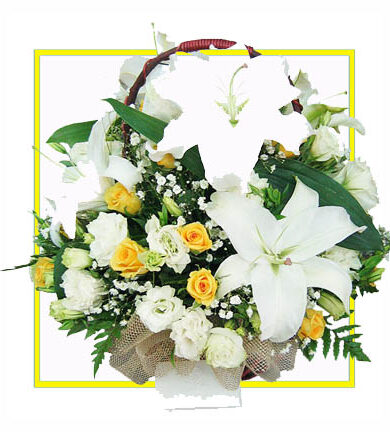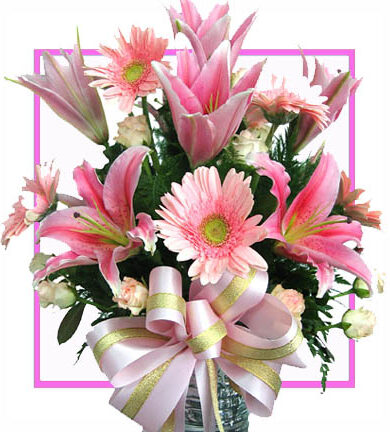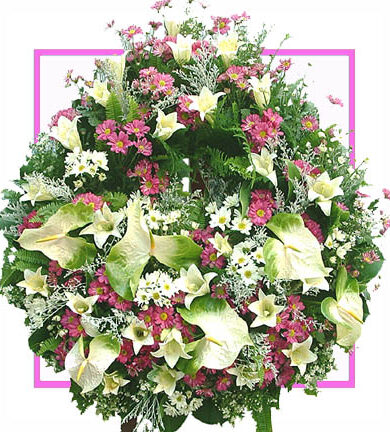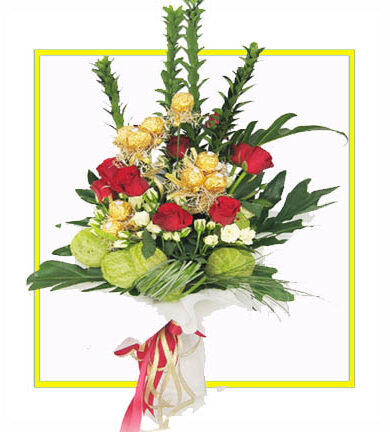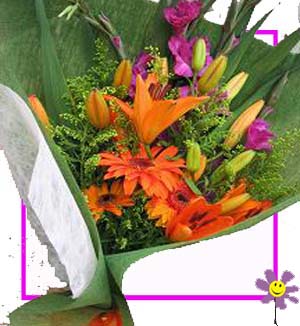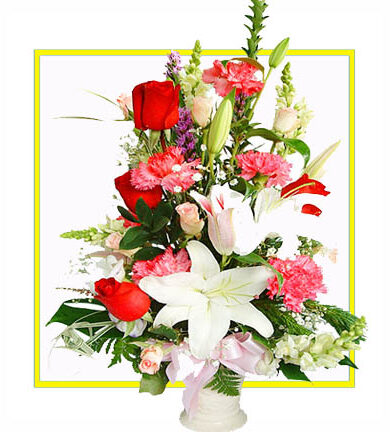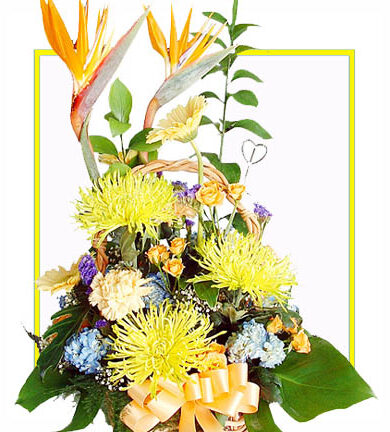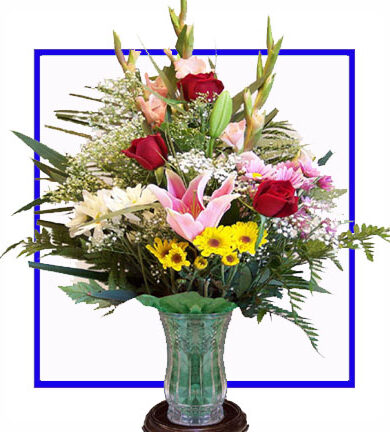Baroda features a tropical savanna climate under Köppen’s Climate classification. There are three main seasons: Summer, Monsoon and Winter. Aside from the monsoon season, the climate is dry. The weather is hot through the months of March to July — the average summer maximum is 36 °C (97 °F), and the average minimum is 23 °C (73 °F). From November to February, the average maximum temperature is 30 °C (85 °F), the average minimum is 15 °C (59 °F), and the climate is extremely dry. Cold northerly winds are responsible for a mild chill in January. The southwest monsoon brings a humid climate from mid-June to mid-September. The average rainfall is 93 cm (36.7 inches), but infrequent heavy torrential rains cause the river to flood. The highest temperature recorded is 47 °C (116 °F) and the lowest is -1 °C (30 °F). |
The golden period in the Maratha rule of Baroda started with the accession of Maharaja Sayajirao III in 1875. It was an era of great progress and constructive achievements in all fields. Maharaja Sayajirao III, who ruled from 1875 to 1939, did much to modernise Baroda, establishing compulsory primary education, a library system, a university, and model textile and tile factories, which helped to create Baroda’s image as a modern industrial hub. Modern Baroda is a great and fitting memorial to Maharaja Sayajirao. It was the dream of this able administrator to make Baroda an educational, industrial and commercial centre and he ensured that his dream would come true. For this reason, the city is also referred to as Sayaji Nagari (Sayaji’s City). |
The early man lived on the banks of the Mahi River. This river must have formed the flood plain during that age. The movements of these hunter-gatherers, living on the banks of the river, grumbling the roots and killing animals with crude stone tools made out of the cobbles and pebbles available on the river bank, were necessarily controlled by the availability of convenient raw materials for their tools. There are evidences of the existence of early man in the Mahi river valley at a number of sites within 10 to 20 km to the north-east of Baroda. No evidences however of the existence of this man are found in and around present Baroda. This may be because of the absence of gravels and cobbles on the banks of the Vishwamitri rivulet. |
Around the beginning of the Christian Era, a small township developed at the same spot as the above mentioned settlement on the right bank of the river. It came to be known as Ankotakka (present day Akota), the mound on which this settlement was established came to be known as Dhantekri. The entire settlement was developed by clearing grazing land and forests of Ankhol and covered an area of ½ to ¾ km². This is indicative of the presence of thick forests during those times. Due to its location on the ancient trade route between Gujarat and Malwa, this small township flourished into a commercial centre. There was a supposed commercial relation between this township and Rome. |
The next phase of the pre-historic Baroda witnessed the first human settlement on the right bank of the river Vishwamitri on a group of dunes resting on the alluvium of the river. It also means that men knew about where to set up settlements, as they had selected an elevated land. The Vishwamitri must have been prone to seasonal floods even then. These people still belonged to the stone age, crafting their tools with finely grained stones. From their material culture and physical environment, they seem to have belonged to the same culture as those whose implements were found in the Mahi river valley. This human settlement has been dated to 1000 B.C. |
The city was once called “Chandanavati” after its ruler “raja chandan ” of the “Dor tribe of Rajputs, who wrested it from the Jains. The capital had also another name Virakshetra or Viravati (Land of Warriors). Later on it was known as Vadpatraka or Vadodará, which according to tradition is a corrupt form of the Sanskrit word Vatodar meaning In the heart of the Banyan tree. It is now almost impossible to ascertain when the various changes in the name were made; but early English travelers and merchants mention the town as Brodera, and it is from this that the name Baroda is derived. In 1974, the official name of the city was changed to Baroda. |
Baroda is also known as ‘Sanskari Nagari’, i.e. Cultured City. It is the most sought after location for Garba in the entire Gujarat. Baroda is one of India’s most cosmopolitan cities. Thanks to the vision and broadmindedness of the Gaekwads, the subsequent industrialisation, the proliferation of academic activities and a strategically important geographical location, Baroda has welcomed a wide variety of people from all over India and also from all over the world. In all of this, the sprawling and cosmopolitan MS University campus and the large number of local, national and foreign industries act as a catalysing and unifying force. |
22.30°N 73.19°E in western India at an elevation of 39 metres (123 feet). It is the 18th largest city in India with an area of 148.95 km² and a population of 4.1 million according to the 2010-11 census. The city sits on the banks of the River Vishwamitri, in central Gujarat. The Vishwamitri frequently dries up in the summer, leaving only a small stream of water. The city is located on the fertile plain between the Mahi & Narmada Rivers. According to the Bureau of Indian Standards, the town falls under seismic zone-III, in a scale of I to V (in order of increasing proneness to earthquakes). |
Baroda enjoys a special place in the state of Gujarat. Until the early 1960s Baroda was considered to be a cultural and educational centre. The first modern factory (Alembic Pharmaceuticals) was established in Baroda in 1907 and subsequently companies such as Sarabhai Chemicals, and Jyoti came up in the 1940s. By 1962 there were 288 factories employing 27,510 workers. At that time, the dominant industrial groups were chemicals and pharmaceuticals, cotton textiles and machine tools. The establishment of Bank of Baroda by Sayajirao III in 1908 also help industrial growth. |
Navratri or Garba is the city’s largest festival, with song, dance and lights during every October. Many of the residents spend their evenings at their local Garba grounds where local musicians play traditional music while people dance the Raas and Garba dances which often goes on past midnight. This is also a time when the youth are more visible outdoors and until later than other times of the year. The people of Baroda have preserved the original and the traditional part of the Navaratri. Garba in baroda attracts a fairly large number of international tourists. |
Over the centuries there had been many alliances and marriages between Baroda’s kings and princesses. Dancers were often part of the dowry as dancers, poets and musicians were status symbols for the royal courts and maharajas had as many artists as they could afford. In 1880 the Maharani Laksmi Bai (Chimnabai I) of Tanjore was married to Baroda’s Maharaja Sayajirao III Gopalrao Gaekwad, an enlightened prince who after ascending the throne established the Baroda College as one of his first public acts. It was later absorbed into the university that bears his name. |
Two thousand years ago, there was a small town known as “Ankottaka” (present day Akota) on the western bank of the river Vishwamitri . The earliest mention of Baroda is in a Granth or charter of 812 that identifies it as “Vadapadraka”, a village attached to the nearby town of “Ankottaka”. In 600 AD severe floods in the narmada forced the inhabitants to move to the eastern side of the river to a village known as “Vatpatrak” (Leaf of Banyan tree) which developed into Baroda. In the 10th century, Vadapadraka replaced Ankottaka as the main town. |
Baroda has its a professional cricket team, the Baroda cricket team, as well as the oldest cricket ground in Asia, called Moti Baug. The team has won the Ranji Trophy six times. There is also a private cricket ground owned by Reliance, which hosts ODIs. Prominent cricketers from Baroda include Atul Bedade, Vijay Hazare, Chandu Borde, Kiran More, Nayan Mongia, Anshuman Gaekwad (former coach of the Indian cricket team), Jitendra Patel and more recently, Irfan Pathan, Yusuf Pathan, Pinal Shah, Jacob Martin, Mehul Jadhav and Connor Williams. |
Public transport vehicles within the city include buses, autorickshaws and taxis. Now there are buses owned by VTCOS for an easy public transportation operated by the private bus operators VTPL which now runs over a hundred buses of 33 and 50 seater configurations. It has taken a lot of two wheeler traffic off the road and helped the people in easy safe and cheap transport service. A significant proportion of the population uses their own vehicles – cars, scooters, motorcycles and bicycles. |
The two main institutions involved in planning and development in Baroda are VMC and the VUDA. The jurisdiction of both these agencies is demarcated clearly not only physically but also functionally. The governing acts for both the institutions differ. The principal responsibility of VUDA is to ensure a holistic development of the Baroda agglomeration covering an area of 714.56 km². whereas VMC is involved in the development of a limited area of 148 km². |
Three corporators are elected from each ward, who in turn elect a mayor. Executive powers are vested in the municipal commissioner, who is an IAS officer appointed by the Gujarat state government. The mayor is responsible for the day-to-day running of the city services, municipal school board, the city bus service, the municipal hospital and the city library. The Baroda City Police are headed by a Police Commissioner, an IPS officer. |
In 1962, Baroda witnessed a sudden spurt in industrial activity with the establishment of Gujarat Refinery and Indian Oil Corporation Limited at the nearby village of Koyali. Several factors like raw material availability, product demand, skillful mobilisation of human, financial and material resources by the government and private entrepreneurs have contributed to Baroda becoming one of India’s foremost industrial centres. |
Baroda, formerly known as Baroda, is the third largest and most populated city in the Indian State of Gujarat, after Ahmedabad and Surat. It is the administrative headquarters of Baroda District. It is located on the banks of the Vishwamitri river, southeast of Ahmedabad, 139 km from state capital, Gandhinagar. Both the railway line and national highway connecting Delhi and Mumbai pass through Baroda. |
The discovery of oil and gas in Ankleshwar led to the industrial development of Gujarat in a big way. The Baroda region is the largest beneficiary in the process of this industrialisation. Gujarat Refinery went into the first phase of production in 1965. The refinery being a basic industry made vital contributions on several fronts at the regional and national levels. |
In recent years, Baroda has suffered from increasing air, water and soil pollution from neighbouring industrial areas. This has also amounted into a constant and uncomfortable increase in average temperatures across all three seasons. Uncontrolled chemical dump from nearby industries has arguably turned the local river Vishwamitri into one big sewer. |
The establishment of large industrial units in a region automatically brings into existence a number of smaller enterprises. Baroda is no exception and the city and the surrounding areas are today humming with industrial activity. The industrialisation of Baroda has attracted entrepreneurs not only from Baroda but also from all over Gujarat and the rest of India. |
The great museums on the palace grounds such as the Maharaja Fateh Singh Museum and art gallery are unique and carry artifacts from around the nation and the world. There are Gujarati film studios in the city as well as a large number of large old-style movie theatres in addition to the newer multiplexes that have sprung up in the past few years. |
Baroda is administered by the Baroda Municipal Corporation (VMC). Some of the regions surrounding the city are administered by the Baroda Urban Development Authority (VUDA). The VMC was established in July 1950 under the Bombay Provincial Corporation Act, 1949. For administrative purposes, the city is divided into four zones and 26 wards. |
It is also rumoured that the name Baroda originated from two words Vat which means the Banyan tree and Aodh, which means a tent/canopy. According to a popular legend, the region in and around present day Baroda was full of Banyan trees that formed a dense cover that looked like a huge tent canopy from a distance. Thus the name Baroda stuck. |
There was also a small Jewish community mainly made of the Bene Israel of India but also some other Jewish groups including European Jews, all of whom left during the 1940s and ’50s, mainly to the state of Israel. The Jewish cemetery still exists even if abandoned, there are Hebrew, English, Marathi letters visible on the tombstones. |
Baroda has a population of almost 1.6 million people (as of 2005). It is the site of the Lakshmi Vilas Palace. It is also the home of the Maharaja Sayajirao University of Baroda, which is the largest university in Gujarat. Major industries include petrochemicals, engineering, pharmaceuticals, plastics and Forex. |
India’s independence came in 1947, and in 1949 the last ruling Maharaja of Baroda State acceded to India. Baroda State was merged into to Bombay State shortly afterwards, and in 1960 this was divided into the states of Gujarat and Maharastra, with Baroda becoming a part of Gujarat. |
The township of Ankotakka developed during the rule of the Guptas and the Vallabhis. It was subjected to periodical heavy floods. But a severe flood which inundated the renovated public hall, forced the inhabitants to abandon this township and move away from the banks of the Vishwamitri. |
National Highway 8, connecting Delhi and Gandhinagar with Ahmedabad to Mumbai, passes through the city. Baroda is also connected with Ahmedabad through Indian National Expressway 1, a stretch of 97 km Super Highway with exits at Anand, Nadiad, S.P.Ring Road and finally Ahmedabad. |
As of the 2011 India census Baroda metropolitan area had a population of 1,666,703. In Baroda, 9% of the population is under 6 years of age.Gujarati, Marathi, Hindi and English are the languages spoken in the city. Males constitute 52% of the population and females 48%. |
Diwali, Uttarayana, Holi, Eid, Gudi Padwa and Ganesh Chaturthi are celebrated with great fervour. Classical music and dance have their patrons, and so does the modern stage and pop culture. The culture and the traditions are both alive and being forever experimented with. |
The City elects 1 member to the Lok Sabha and 5 to the Gujarat Vidhan Sabha. All of the 5 assembly seats of Baroda were won by the BJP during the legislative elections in 2002. In the 2006 VMC elections, the BJP won 74 seats, 6 seats went to the Congress. |
The most followed religion in the city is Hinduism, practised by 90% of the population. The second most followed religion is Islam, followed by 6% of the population. All other religious groups make up the remaining 4% of the city’s population. |
The Baroda Marathon is an AIMS recognised international marathon organised every year. In 2012, the Baroda Marathon was granted a National Half marathon status with over 41,500 Participants. |
Baroda Airport (IATA: BDQ) is located north-east of the city. Baroda has air connectivity with Mumbai, New Delhi, Bangalore and Hyderabad. Baroda is set to have an International Airport in near future |
Buildings & Monuments: Maharaja Sayajirao University of Baroda, Kirti Mandir, Kirti Stambh, Nyay Mandir, Khanderao Market, Aurobindo Ashram, EME Temple (Dakshinamurty Temple), Hazira Maqbara, Kala Ghoda |
The present educational foundation rests on over 120 public schools and over 100 private schools. The most famous university is the MS University. The university caters to over 100,000 students. |
The event occurred in 600 A.D. The inhabitants moved to the east of Ankotakka to another elevated portion located on the present Kothi area. This formed the nucleus of a new township. |
In line with the ‘Knowledge City’ vision of the Confederation of Indian Industry, Baroda is gradually becoming a hub in Gujarat for IT and other development projects. |
The city is on the major rail and road arteries joining Mumbai with Delhi and Mumbai with Ahmedabad. Due to this Baroda is known as a Gateway to the Golden Quadrilateral. |
Laxmi Vilas Palace Palaces: Laxmi Vilas Palace, Nazarbaug Palace, Makarpura Palace, Pratap Vilas Palace (now occupied by Railway Staff College) |
The patronage of education started with Maharaja Sayajirao and the city has built further on the academic infrastructure established by him. |
Cricket is the most popular sport in the city, as it is in the rest of the country (except Goa). |
In 1907, a small village and township in Michigan, United States, was named after Baroda. |
Baroda also has a Locomotive Shed homing numerous WAP-4,WAM-4,WAG series of Indian Locos. |
Nickname(s): Sayaji Nagari (Town of Sayajirao Gaekwad), Sanskari Nagari (Cultural City) |
Perfect flowers to express your emotionsShop Now


